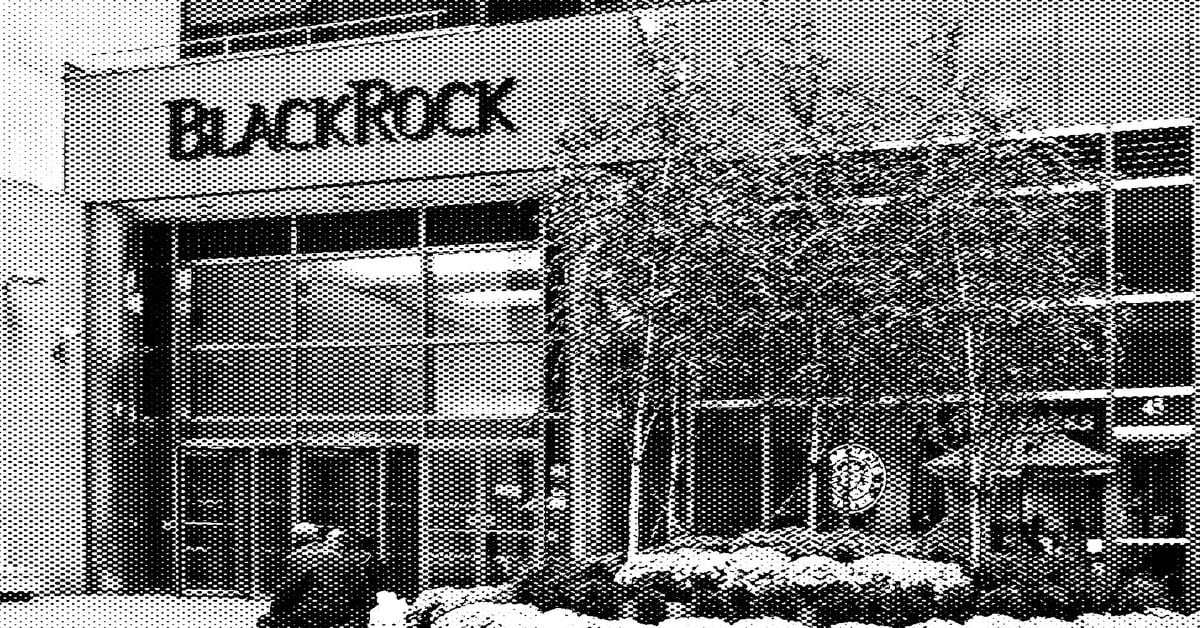Standard Crypto Why are we investing in interest-bearing L2 Blast?
Why are We Investing in Interest-Bearing L2 Blast as the Standard in Cryptocurrency?Author: Colin Hong, Standard Crypto
Translation: TechFlow
At Standard Crypto, we believe that one of the most interesting opportunities in the cryptocurrency space right now is defining a “winning” layer for Ethereum. Liquidity wants to be fungible and frictionless, flowing to the most powerful and profitable places, which means the rewards for the winners are massive.
While L2 ecosystems are developing successfully, we see an opportunity to establish a new layer specifically catered to the long-term growth of sustainable on-chain yields (such as staking or RWA). The modern Ethereum infrastructure is not built to handle yield-generating assets. As a result, users end up bearing additional friction, such as having to wrap or deposit tokens to earn yields. The new layer provides an opportunity to rethink how existing native yield-generating assets interact with your wallet and dApps.
- Is the SEC Fighting Crypto with Tax Dollars Worthwhile?
- Bitcoin ecosystem leader The success formula of Unisat
- The digital nomad’s dream in Si Lom How did Crypto take root in the ancient and mysterious Thailand?
For all these reasons, we are delighted to announce our investment in Blast – the first Ethereum L2 with native yield for both ETH and stablecoins. It is built by LianGuaicman, the founder of the popular NFT marketplace Blur.
Blast is an opportunity to rethink L2 infrastructure, where yield-generating assets are treated as “first-class citizens” – a complete reimagining. If ETH were originally a native yield rebasing token, even basic building blocks like Uniswap pools would have different designs.
With Blast, the capital becomes more efficient, generating interest of nearly $100 million annually based on current Uniswap TVL. It can serve as a bridge to broaden the landscape of assets seeking yields on Ethereum today.
Subsequently, idle ETH and stables will transform into native yield versions. Wallets become savings accounts, and dApp TVL generates income. Users can now directly and natively earn from their assets without the need for opt-in actions. We believe in the power of “default settings.”
A Great Infrastructure Reset
Risk-free rates are the returns you expect for taking zero risk. A traditional example is treasury bills – investors buy government bonds with cash and receive risk-free returns upon maturity as long as the US government doesn’t default. The Merge also created this situation for Ethereum, as staking rewards are risk-free in the backdrop of the system – if Ethereum or the US government fails, the underlying tool would not hold value regardless. Additionally, risk-free rates help correct for risk-return mismatch – if individuals do not achieve or surpass the risk-free rate, they suffer losses due to inflation.
This presents a significant opportunity. Neither Ethereum nor the current L2s were designed and built with widespread adoption of yield-generating assets in mind. Their ecosystems were designed when the main on-chain assets – ETH and stablecoins – did not have native yields. Simply holding ETH before the implementation of Proof of Stake in September 2022 would not give you native rewards, and most stablecoins still don’t pass on treasury yields to users. As a result of this path dependence, billions of people are sitting in ETH pair AMM pools and NFT markets.
Yield as a Primitive
TVL is an imperfect metric, but it has been used to understand the success and growth of dApp protocols. In categories like exchanges, lending, perpetual contracts, and even social, most successful dApps have accumulated billions of dollars in external user deposits. The native rebuild of ETH and stablecoins unlocks new business models for developers, which will provide the motivation for the ecosystem beyond the incentive phase. Imagine a perpetual DEX that charges zero transaction fees and profits from the collateral in its liquidity pool.
In addition, Blast itself can profit by reducing yields. This means that Blast no longer needs L2 sorter fees to generate income and can even pass on gas fees to the dApp that generates them. This makes building applications on Blast very attractive and eliminates the idea of dApps creating their own chains by internalizing gas fees on the general L2 layer.
Why did we choose LianGuaicman?
The adoption of blockchain does not directly come from technological improvements, but from the development of high-quality ecosystems for developers and users. The market has observed this time and time again, that if underperforming chains cannot find a suitable product market and lack appealing destinations, they become ghost towns.
LianGuaicman is one of the most execution-focused entrepreneurs we have observed. His product development speed is prolific, and he has demonstrated strong and creative incentive design capabilities. The “Season Points” invented by Blur have been widely adopted in the market, giving developers greater flexibility in incentive mechanisms and allowing implicit rewards for explicit behavior. He is deeply concerned about the end-user experience, obsessively seeks user feedback, and quickly integrates it into his products.
We believe that LianGuaicman is a natural steward of L2, and we are excited to see his creativity applied to a more liberated field than before.
Earlier this year, when LianGuaicman first approached us to do L2 and the motivation came from his exploration of the suitable Layer to deploy Blur L2 dApp – which is essential for low-value NFT transactions and ultimate NFT perpetual dex in high gas environments. As our discussions deepened and features like native yields evolved, we realized that while the L2 space is rapidly maturing, there is still room for another winner.
As a long-time cryptocurrency enthusiast, as a degen, as an investor in crypto-native venture capital, I believe programmable money is the future, and I’m just here enjoying the journey.
Those of us on-chain regularly engage in live testing so that the strong can survive – we try things out in the arena. Through network participation, through voting and signaling with our capital and attention, we shape the infrastructure being used.
Adjusting the token base natively is the best way to pass on profits, but the existing ecosystem is not designed around this mechanism. This is Blast’s opportunity – a chance to Build with today’s asset base components at its core.
We will continue to update Blocking; if you have any questions or suggestions, please contact us!
Was this article helpful?
93 out of 132 found this helpful
Related articles
- Opinion If OpenAI were a DAO, could it avoid this governance farce?
- Founders of Blur launch interest-bearing Layer2 Blast Replicating the airdrop gameplay of Blur points, the test network will go live in January next year, initiating activities.
- Institutional funds pouring in $1 billion into the crypto market, how will Bitcoin halving affect subsequent investments?
- After graduating from Ant Group, they flock to Web3
- Is the ‘big thunderstorm’ in the encryption industry resolved? Binance may pay a $4 billion fine to the US Department of Justice for settlement.
- Crypto Shakeup: Altman’s Ousting and the World of Worldcoin
- 1984 A Timeless Masterpiece that Deserves a Revisit






